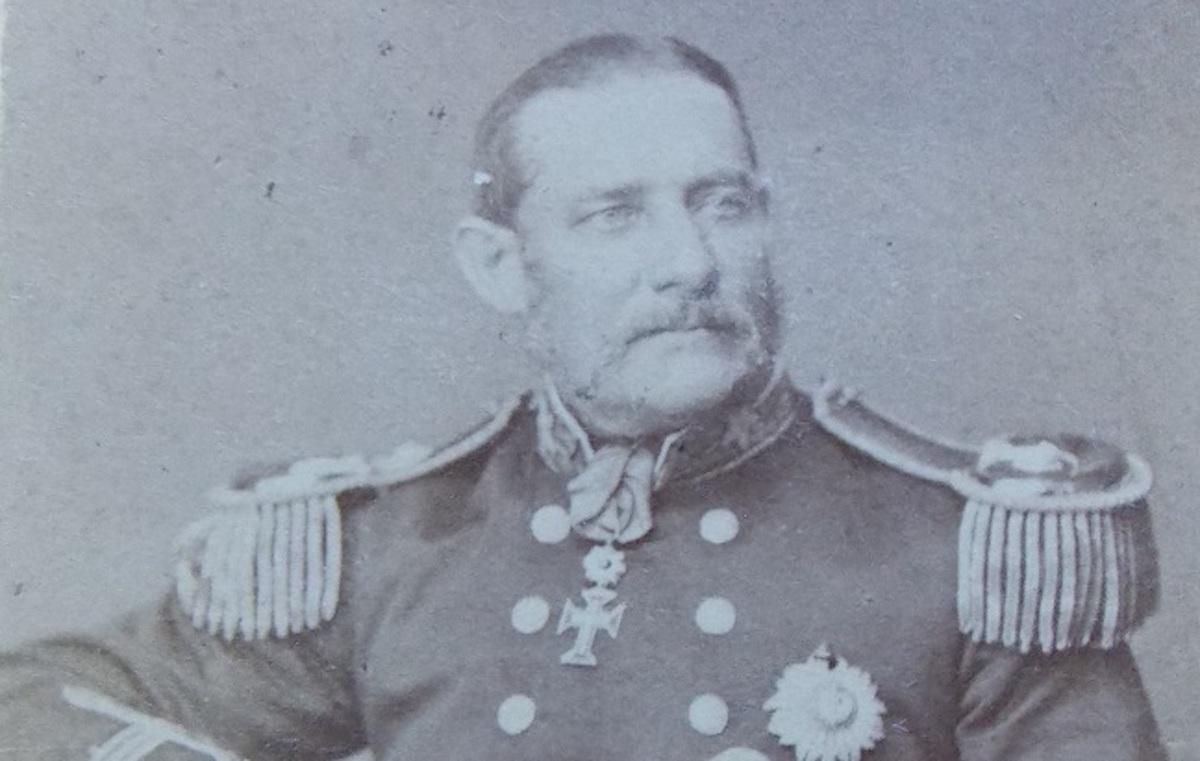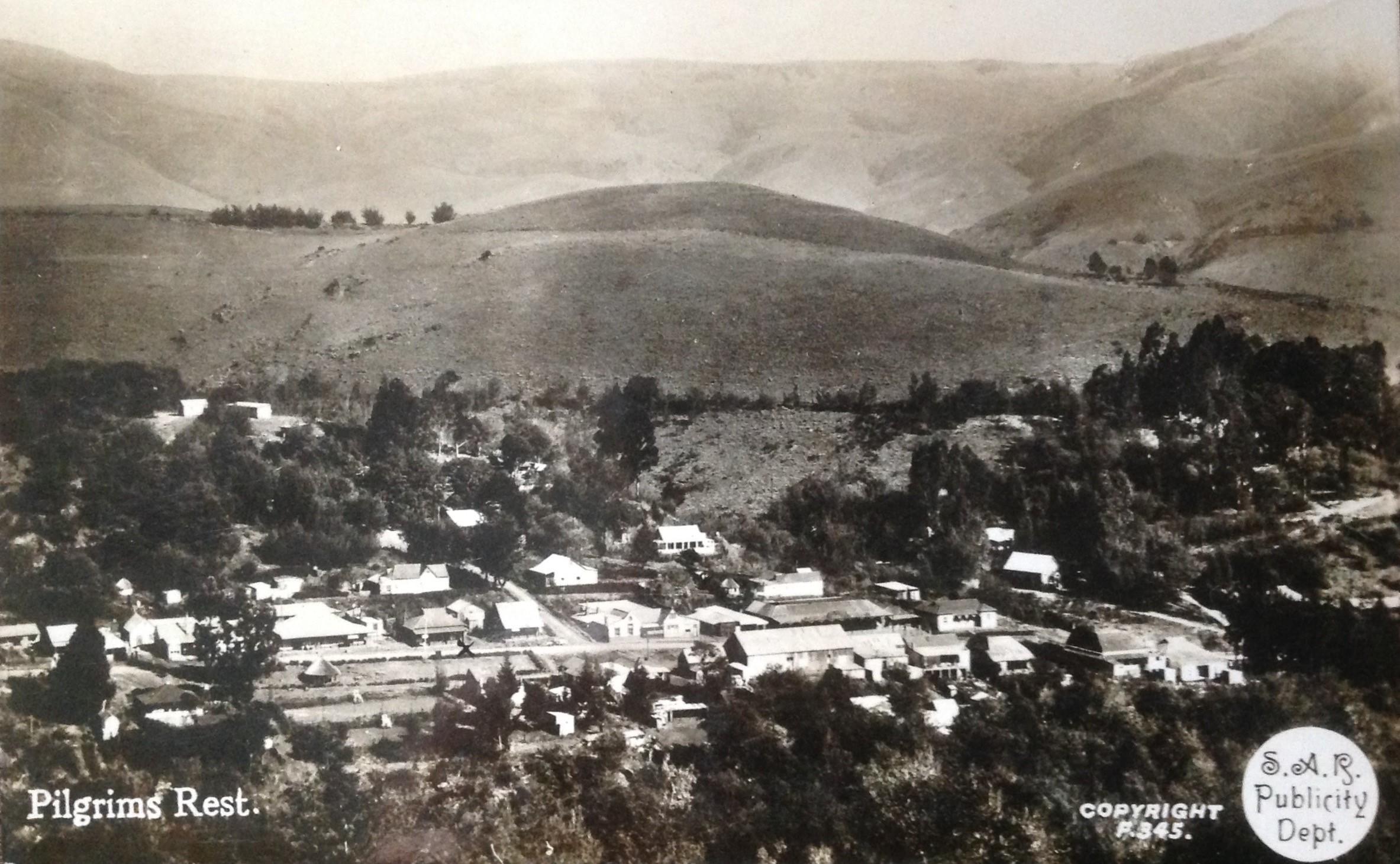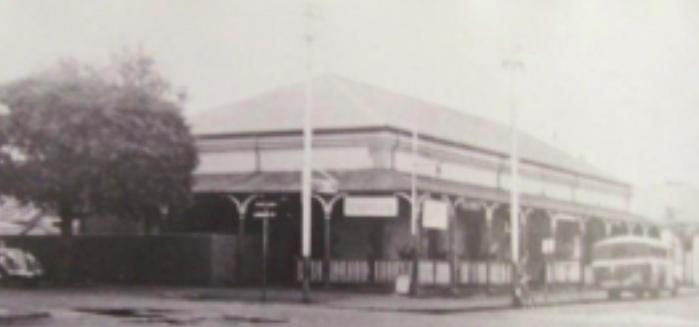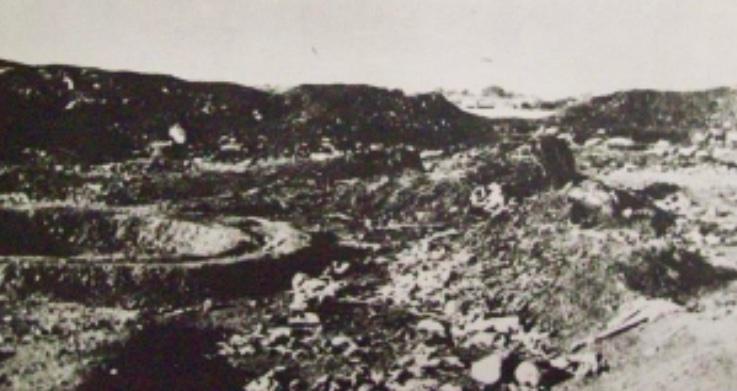
Disclaimer: Any views expressed by individuals and organisations are their own and do not in any way represent the views of The Heritage Portal. If you find any mistakes or historical inaccuracies, please contact the editor.
Forssman Street (Potchindustria) was named after Chevalier OWA Forssman (1822 – 1899), civil engineer, businessman, Portuguese ambassador to the ZAR and leader of the Scandinavian settlers who came to Potchefstroom in 1864.
Oscar Wilhelm Alric Forssman (1822-1899) was the son of a prominent Swedish family and was a trained civil engineer. He arrived in 1844 in Natal from Kalmar in south-eastern Sweden.
He worked in the sugar industry and then came to the Transvaal. By 1852 he lived in Potchefstroom where he had widespread businesses in the export of ivory, ostrich feathers and wool.
His dream was to establish an irrigation farm at the Vaal River. He bought a farm, which he aptly named “Scandinavia”. This was only a small part of his agricultural empire which he eventually enlarged to 324 220 acres (138 896 ha) spread over all of the Transvaal.
With a view to develop the irrigation farm, he travelled back to Sweden in 1862 to recruit workers. He was accompanied by his wife Emilia Amalie von Landsberg.
Another aim was to convince his brother, Magnus, a surveyor, to also emigrate. Whilst planning this he negotiated with President Pretorius to create the post of surveyor general.
He rented, for 18 000 Rix-dollars, the merchantmen Octavia and loaded it with a cargo of wood, ploughs, iron stoves, hardware, lime, tar, beer, wagons, carts, vats of anchovies, salted herrings and cheese.
The ship left Kalmar on 12 August 1863 with 36 Swedes on board. Fifteen of those were unmarried men and five unmarried girls. The only name under these which is still well-known in Potchefstroom is that of Carl Ludwig Olen (the spelling later was changed to Olën), whose son with the same name was the mayor of Potchefstroom in 1938. Read more on Olën the elder here.
After a journey during which the ship nearly capsized in a storm, they arrived in Durban on 17 November 1863. The cargo was unloaded, advertised and sold. This was the beginning of mutually beneficial trading between South Africa and Sweden.
The group took ten weeks to travel to Potchefstroom by ox-wagon and most of them started working on the farm Scandinavia, but some became traders and clerks.
In 1865 the Transvaal experienced a devastating drought – the Vaal River even dried up. This brought an end to Forssman’s plans for the irrigation farm and the Swedes had to find other means of livelihood. As far as could be ascertained, only one went back to Sweden.
This did not impair Forssman’s wealth. In 1870 he became the consul for Portugal and six years later he was promoted to consul general with the title of Chevalier. When gold was discovered in 1873 at Pelgrimsrust and Lydenburg, he founded a transport company to convey passengers.
This was not profitable and the company was dissolved in 1880. This lead to the founding of the postal service of the ZAR.
Old postcard of Pilgrim's Rest. This would have been a few decades after the 1873 discovery. (Hardijzer Photographic Collection)
By 1879 Forssman was the biggest landowner in the ZAR. When British forces annexed the Transvaal in 1877, he was convinced that they would be there permanently. Subsequently, when hostilities broke out in Potchefstroom on 15 December 1880, Forssman received news that the Boers were out to shoot him and he accepted the invitation of the British forces to take shelter in the unfinished fort of Potchefstroom. The Forssman family was busy with dinner when the news came and they hastily left for the fort for what they thought would be an overnight stay.
The Siege of the fort of Potchefstroom only ended about three months later on 18 March 1881 and the Forssman family suffered heavy losses. Not only did his young son and married daughter die during the siege after contracting stomach fever, his luxurious house on the north-western corner of Lombard and Church Streets (James Moroka and Walter Sisulu) was plundered and wrecked.
Forssman's shop and house on the corner of Lombard and Church Street, Potchefstroom
The remains of the fort of Potchefstroom after the siege ended. The rounded base of a bell tent is visible.
He claimed losses of £200 000 from the British government. The outcome of this claim is not known, but was discussed in the British House of Commons. By 1889, when Forssman passed away in Pretoria, he left behind a sizeable estate.
Main image: Chevalier OWA Forssman (1822-1899), Swedish immigrant, who was once the wealthiest man in the Transvaal. Photo: Potchefstroom Museum
About the author: Somewhere in her late teens Lennie realised that writing came easy to her and now, many decades later, she has written and co-written nine books on various aspects of the history of Potchefstroom. This is apart from various supplements and numerous articles, mostly published in the Potchefstroom Herald. Two of her books are available on amazon.com. One is a biography on Kenneth McArthur, Olympic gold medallist in the marathon of 1912. The other is an Afrikaans Christian novel. The supplement on the history of the Herald, at the time of its centenary in 2008, led to a Master’s degree in Communication Studies and one of the books, on NWU PUK Arts, led to a PhD in history. In the process of all this writing she has accumulated a large stash of information and photos on the history of Potchefstroom.
Comments will load below. If for any reason none appear click here for some troubleshooting tips. If you would like to post a comment and need instructions click here.



